Eager to know about the causes, signs and treatment of Breast Cancer? you are at right place but before delving into the comprehensive knowledge of Breast Cancer, we have to understand the anatomy of Breast. The breast is a network of dense fatty tissues that are composed of a network of lobes. These lobes contain smaller tube-like structures having milk glands and are known as lobules. The combined action of lobes, lobules, and milk glands with the assistance of ducts carries the milk towards the main part of breast, called the areola, and is a dark location that surrounds the nipple. Like all other body parts, breasts also have blood vessels and lymph vessels for the transportation of nutrients, oxygen, and carbon dioxide and the lymphatic system works to drain waste products away from the tissues. The lymph vessels end at lymph nodes that are specified for immunity actions and fight against infections. These nodes are found at different parts of the body but the ones nearest to the breast are located under the arms, called axillary lymph nodes.
What is Breast Cancer?
According to new research, breast cancer has become the most prevalent disease nowadays and it is necessary to know about health of your breasts and to gain knowledge about breast cancer. Breast cancer is the abnormal growth of cells in the breast that converts into a massive sheet called a tumor. It may be benign that means it would not spread to other body parts but the breast cancerous tumor is malignant because it continues to grow and spreads to other body parts. Breast tumors mostly originate at nearby lymph nodes and are considered ordinary diseases but in severe cases, these cancerous tumors spread to other body parts such as bones, liver, lungs, or brain through blood vessels or lymph vessels. 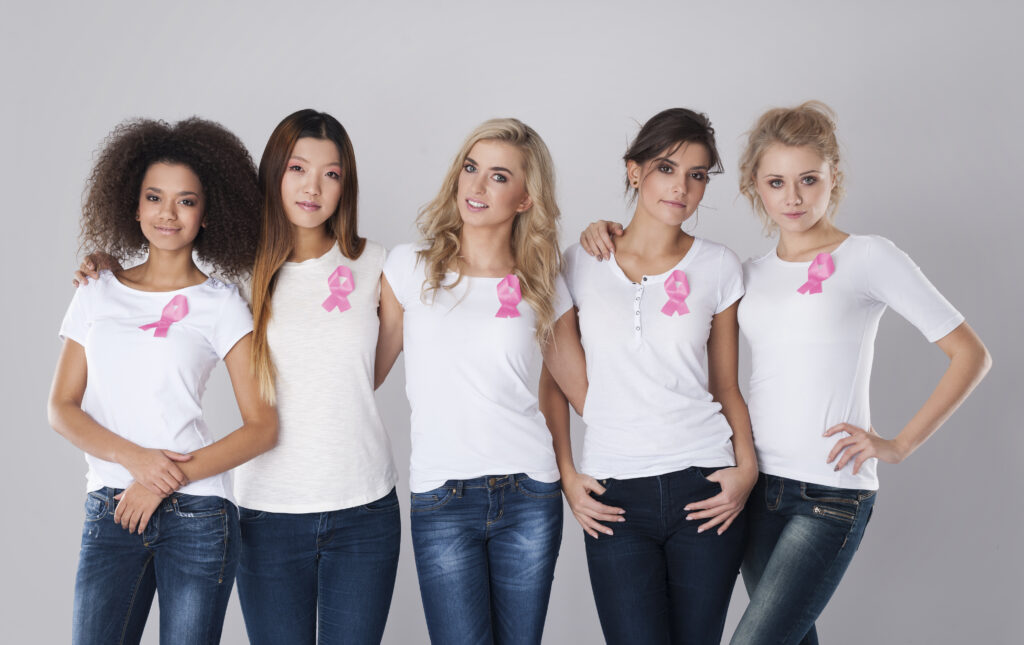 In this complete comprehensive guide to breast cancer, we are going to cover non-invasive, invasive, and all stages of breast cancer which includes stage 0, stage I, II, and III. We will also discuss the most advanced stage of breast cancer which is stage IV, the metastatic stage.
In this complete comprehensive guide to breast cancer, we are going to cover non-invasive, invasive, and all stages of breast cancer which includes stage 0, stage I, II, and III. We will also discuss the most advanced stage of breast cancer which is stage IV, the metastatic stage.
Breast Cancer, Types and Stages
It is the type of cancer that spreads into surrounding tissues and in far away tissues or organs. Sometimes it is non-invasive but approximately 80 to 90 percent of breast cancers are invasive and have different stages. Let’s have a deep look, to understand its types and stages.
Types of Breast Cancer
Breast cancer occurs due to the division of some cells more rapidly than healthy cells forming a lump, through which they keep on spreading to other tissues or lymph nodes. Breast cancer may begin in the cells of milk-producing ducts or breast tissues/cells. This may get started from lobules, the glandular tissues. Here are the major types:
Ductal Carcinoma: This is stage 0, and doesn’t spread to other tissues but stays only at its origin i.e. in milk ducts. It is a non-invasive type.
Invasive Ductal Carcinoma: It is the most common type and invasive because in this type the cancerous cells invade other nearby tissues and organs.
Lobular Carcinoma: In this type, the cancerous cells originate from the lobules and target the other tissues.
Stages of Breast Cancer
Stage of the disease is described by the size of the tumor, its extent, and its invasive nature. Determination of staging before the surgery is the clinical stage while after surgery it is known as the pathological stage. Through different diagnostic tests, the doctors find out the stage of breast cancer. Staging is necessary to make a proper plan for its treatment and treatment according to stage is the most influential way to enhance the chances of recovery. The common stages of breast cancer are:
Stage 0: This stage is the confirmation of a non-invasive form of cancerous cells. At This stage, the cancerous tumors or cells are in the breast tissues and have not spread to the nearby tissues. This stage is also known as situ cancer.
Stage IA: At this stage, the cancerous lump is small but becomes invasive and gets started to invade surrounding tissues. This stage is also classified as M0, N0, or T1.
Stage IB: At this stage the alarming situation has come to a peak point because now the cancer has spread into lymph nodes i.e. is larger than 0.2 mm.
Stage IIA: At this stage, the tumor may not be found in the breast but it would be spread to axillary lymph nodes. The cancer lump gains a larger size equal to 20 mm and may not be attached to lymph nodes.
Stage IIB: At this stage the tumor is about larger than 20 mm but still smaller than 50 mm and gets the status of M0, N1, or T2. Sometimes the tumor gets larger than 50 mm and may not spread to surrounding tissues, this stage is identified as M0, N0, or T3.
Stage IIIA: This stage indicates the spread of a tumor of any size in mammary lymph nodes or axillary lymph nodes but the concerning point is the size of the tumor at this stage which may be larger than 50 mm.
Stage IIIB: This stage confirms the access of cancerous cells to the chest wall. This Invasion of cancerous cells causes ulcers in the breast but still doesn’t spread to other body parts except for axillary or mammary lymph nodes.
Stage IIIC: At this stage, the tumor can have spread to a maximum of 10 axillary nodes, internal mammary lymph nodes, or maybe collarbone lymph nodes.
Metastatic Stage: It is known as the fourth stage, when the tumor has spread to any other organ, including the chest wall, distant lymph nodes, liver, brain, lungs, or ultimately bones. It may be diagnosed during the treatment of early stages of breast cancer.
Read More :https://onlinehealthpoint.com/7-nutrient-deficiencies-that-are-incredibly-common/
Causes and Risk Factors
A combination of factors causes this disease but the major one is the old age in women. Recent Studies have shown that sometimes breast cancer occurs in women without any specific risk factor while others do not get breast cancer despite having all risk factors. So it is recommended to consult with your doctor regularly to avoid known risk factors. Risk factors or causes of breast cancer can be categorized into two types. Factors that can be controlled and the risk factors that cannot be controlled or overcome. Here is a brief description of both.
1: Uncontrolled Risk Factors
Old Age: This disease is mostly observed in women of older than 50. Old Age is is the most influential risk factor.
Gene Mutation: Gene mutation is another unchanged factor of breast cancer. It happens when a sudden change in any gene occurs at any age. These may be mutations in BROCADE or BRCA2.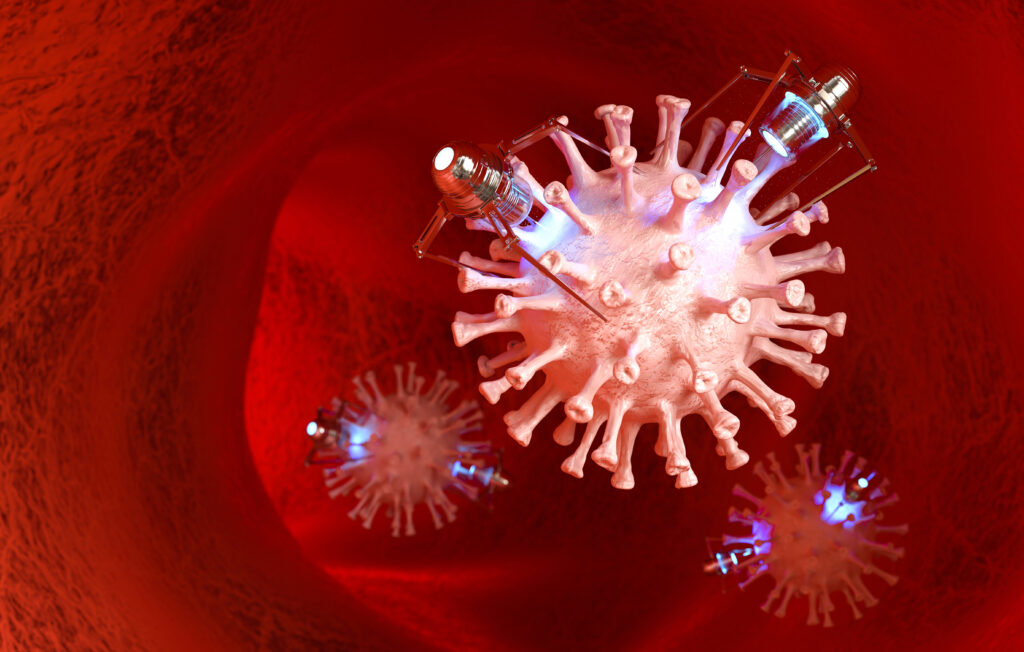 Reproductive problems: The start of the menstrual cycle and menopause are two major biological phenomena in women that cause hormonal changes abruptly. These hormonal disturbances increase the risk of getting ill due to breast cancer.
Reproductive problems: The start of the menstrual cycle and menopause are two major biological phenomena in women that cause hormonal changes abruptly. These hormonal disturbances increase the risk of getting ill due to breast cancer.
Density of breast: Massive or high-density breasts have more fatty tissues and connective tissues that make it difficult to find a tumor in the breast through a mammogram, therefore it is considered that women with fatty breasts are more likely to get breast cancer.
Ovarian cancer: A woman is at the highest risk of breast cancer in case of having a close relation with this disease such as a mother or sister or family members from the mother’s or father’s side who had the disease. Ovarian cancer is an indication of breast cancer in the future.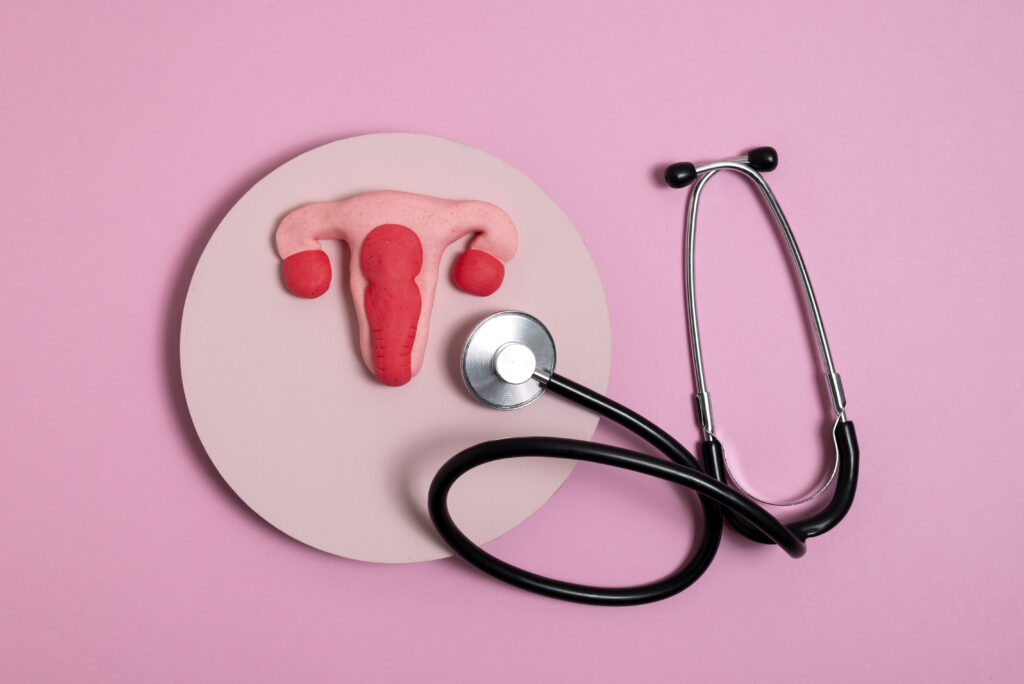 Radiation Therapy for Any Disease: Women who are exposed to radiotherapy for the treatment of any other disease are at greater risk of breast cancer before age thirty.
Radiation Therapy for Any Disease: Women who are exposed to radiotherapy for the treatment of any other disease are at greater risk of breast cancer before age thirty.
Drug exposure: Women with the habit of taking drugs are more likely to get it.
2: Controlled Risk Factors
Physical activity: Being physically active may reduce the risk of getting breast cancer.
Obesity: Women with higher weight can have more chances of getting this disease. So keep your weight balanced to avoid this disease.
Exposure to Artificial Hormones: Women who had used to take hormones to stop menopause or pregnancy are at higher risk of breast cancer,
Pregnancy issues: Late pregnancy i.e. after the age of thirty, no breastfeeding, taking pills to stop pregnancy are causative factors of breast cancer.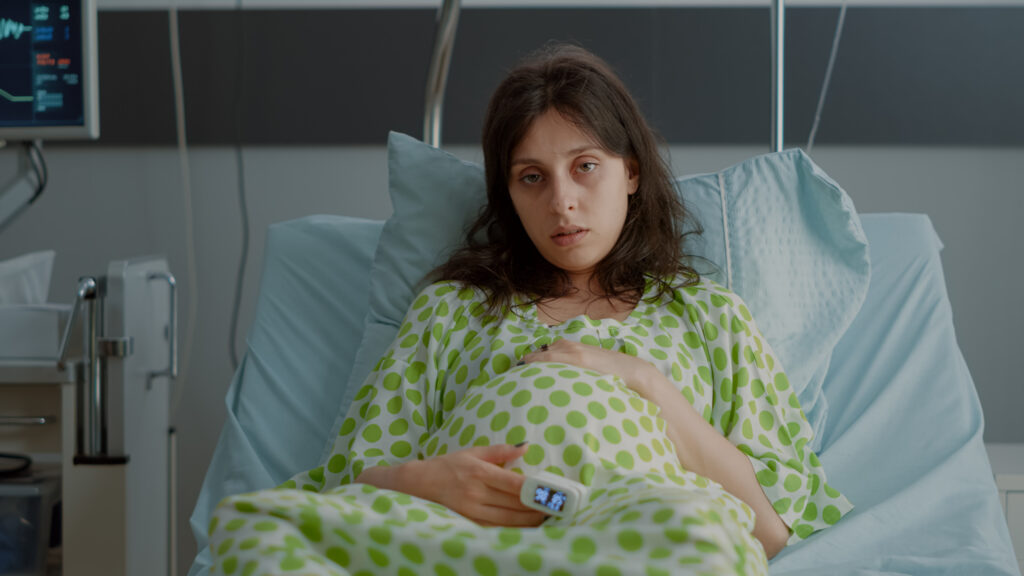 Alcohol Consumption: The use of alcohol increases the chance of getting breast cancer.
Alcohol Consumption: The use of alcohol increases the chance of getting breast cancer.
Including all the above-mentioned factors, smoking, sleep disturbance, and exposure to carcinogens also play a role in getting ill.
YOU MAY CHECK THIS: https://onlinehealthpoint.com/signs-of-heart-problems-during-exercise/
Signs and Symptoms
Symptoms of disease vary from person to person therefore providing the exact information is rather tough. There are many cases in which no obvious symptoms occur at all. The American Cancer Society did research and the results clarified that swelling of the breast or surrounding area, nipple pain, irritation in breast or nipple skin, or thickening of the nipple are some common symptoms but you would not ignore a lump in the under area as an alarming symptom. So it is not wrong to say that breast cancer is a complicated disease to diagnose because it has a combination of signs and symptoms and to detect it earliest it is important to understand all these complexities. Symptoms of breast cancer include:
- Change in the appearance of the breast.
- Change in size of breast.
- Change in shape of breast.
- A Lump in the breast with or without pain.
- Change in the skin like redness, dimpling, or pitting.
- Change in the appearance of the areola (area surrounding the nipple).
- Discharge of any fluid from the nipple.
- Swelling of lymph nodes near the underarm areas is a significant sign of breast cancer.
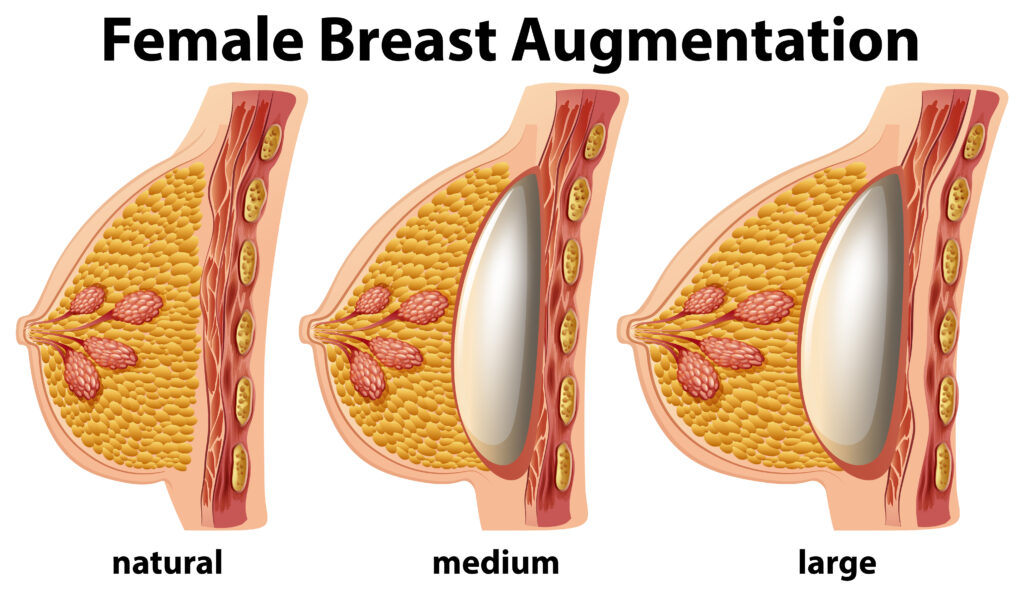 Cancerous breast lumps can be easily treated in small size but if they grew larger, they would spread cancerous cells to the lymph nodes. Sometimes the cancer-bearing lymph nodes are not felt by the patient and they remain unnoticed for a long time which may cause harm to other tissues or organs.
Cancerous breast lumps can be easily treated in small size but if they grew larger, they would spread cancerous cells to the lymph nodes. Sometimes the cancer-bearing lymph nodes are not felt by the patient and they remain unnoticed for a long time which may cause harm to other tissues or organs.
If remain untreated due to unawareness, these cancerous lumps spread to the brain, liver, or bones and cause more severe symptoms like bone pain or headache.
Screening and Treatment Options
How to treat breast cancer? is a question of great importance and the answer is so simple that the treatment of breast cancer depends on the type and stage of cancer. Before starting treatment, one should have complete knowledge of its invasive capacity or area. So without knowing the spreading area of cancer, treatment would not be started.
The main combination of treatments to minimize the chances of recurrence of this cancer are:
- Surgery.
- Radiation Therapy
- Chemotherapy.
- Hormonal Therapy.
- Immunotherapy.
- Targeted Therapy.
Surgery
It is the removal of cancerous cells or tissues or sometimes the whole breast, called mastectomy. In this way of treatment, lymph nodes are also removed.
Radiation Therapy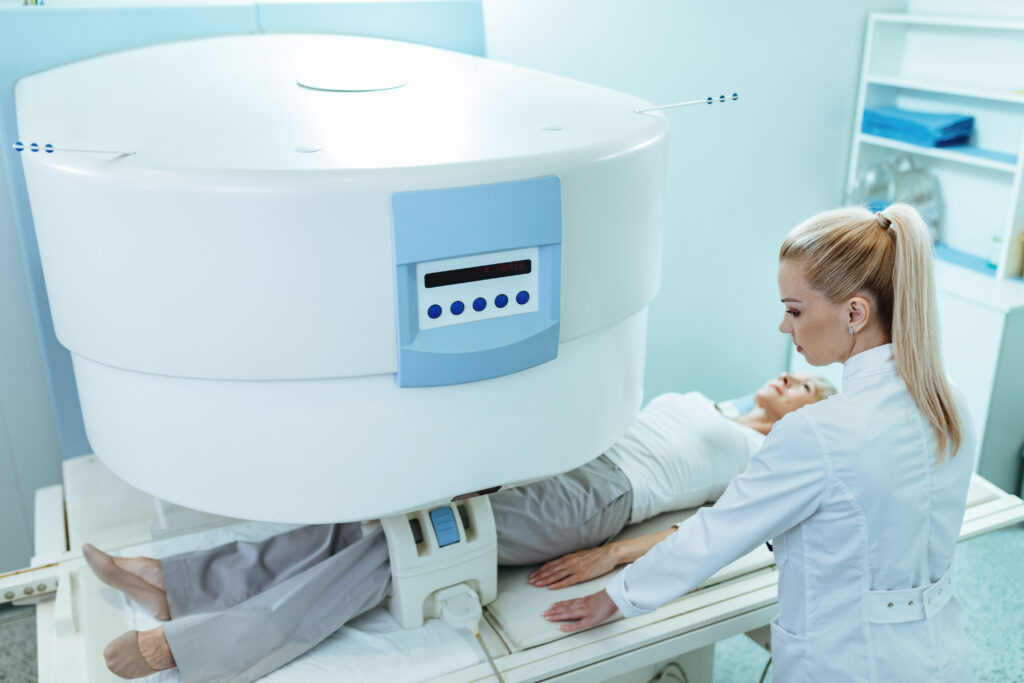 This is done to treat the residual microscopic cancerous cells left behind in the breast to minimize the chances of cancer recurring.
This is done to treat the residual microscopic cancerous cells left behind in the breast to minimize the chances of cancer recurring.
Chemotherapy
In this therapy, medicines are used to stop the growth of cancerous cells. It is a systematic methodology because it travels through the bloodstream to treat the whole body. During chemotherapy, the growth of healthy cells is also harmed along with cancerous cells and their division procedure is also disturbed.
Hormonal Therapy
This technique is applied to treat all stages of hormone receptor-positive breast cancer. This treatment is effective for shrinking cancer before surgery, reducing recurrence chances, and stopping advanced-stage cancer.
Immunotherapy
In this therapy technique, the immune system is supported to fight against cancerous cells. The immune system is composed of white blood cells, antibodies, and some complementary cells or compounds, all of which detect cancerous cells and destroy those abnormal cells.
Targeted Therapy
During this therapy, drugs are used to block the growth of cancer cells in the breast. The drugs are formulated to block some special proteins that stimulate the growth of breast cancer cells.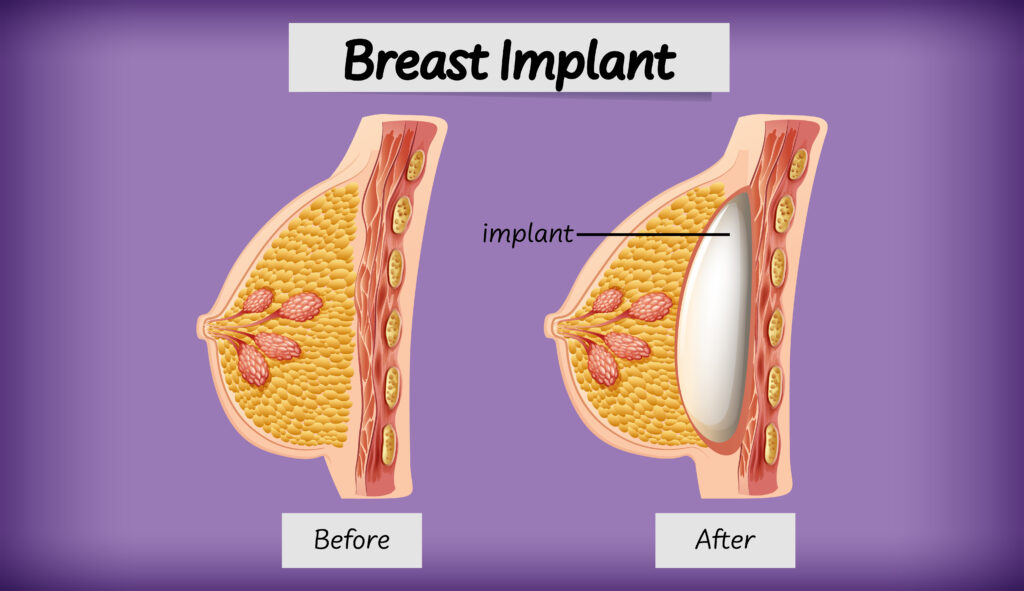
Conclusion
Breast cancer is the most prevalent disease in women but according to new research, it is also occurring in men with heavy breasts. By providing easy and understandable education about the signs and symptoms of breast cancer among women, this disease can be controlled. Education about self-screening by mammography and consulting a doctor are influential sources to lower the chances of getting sick due to breast cancer. But in case of a shortage of such facilities, women should be educated for self-screening.
Last but not least, in case of exposure to breast cancer, the treatment would be successful only if done through a complete course. Partial Treatment will result in the severity of the disease.







